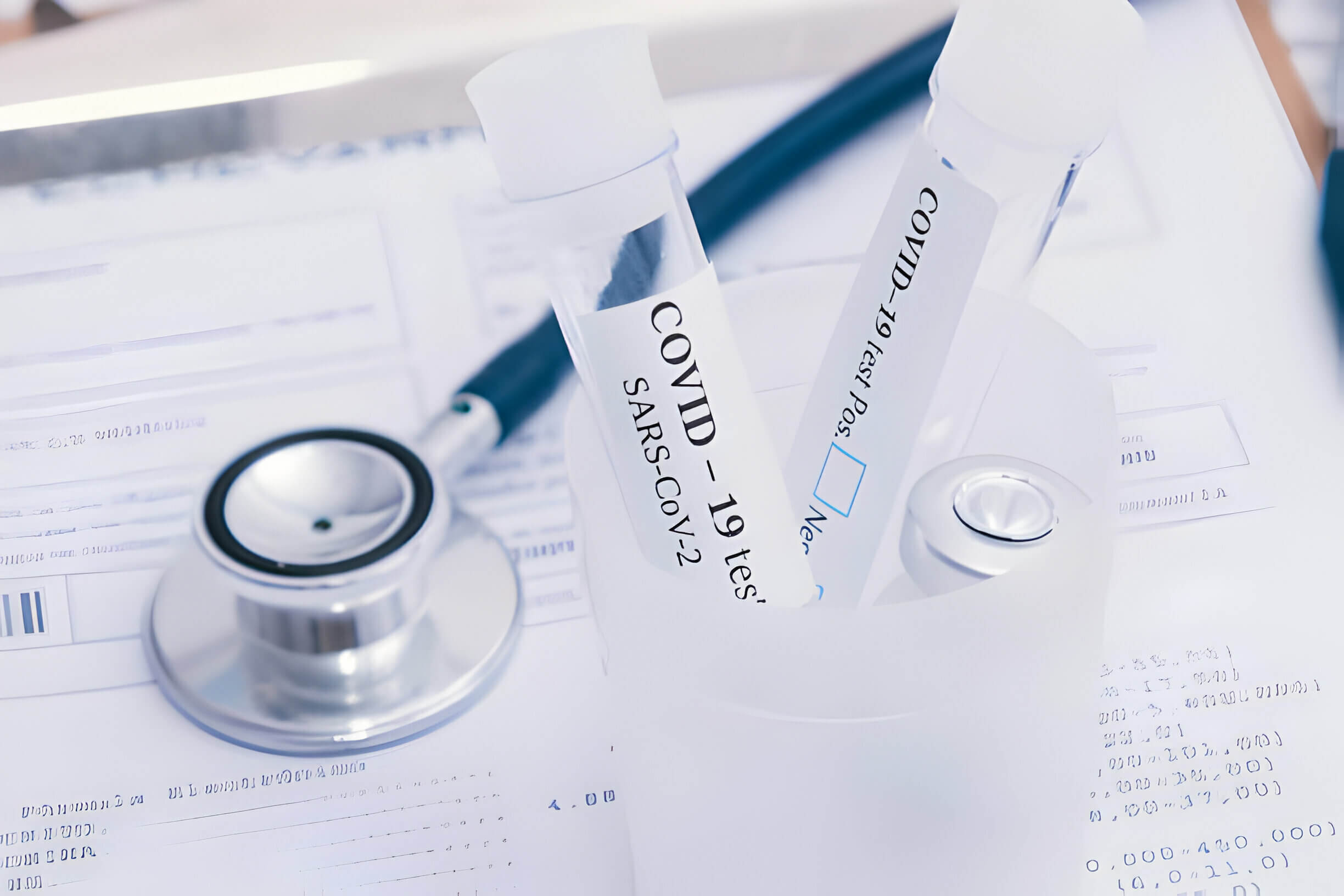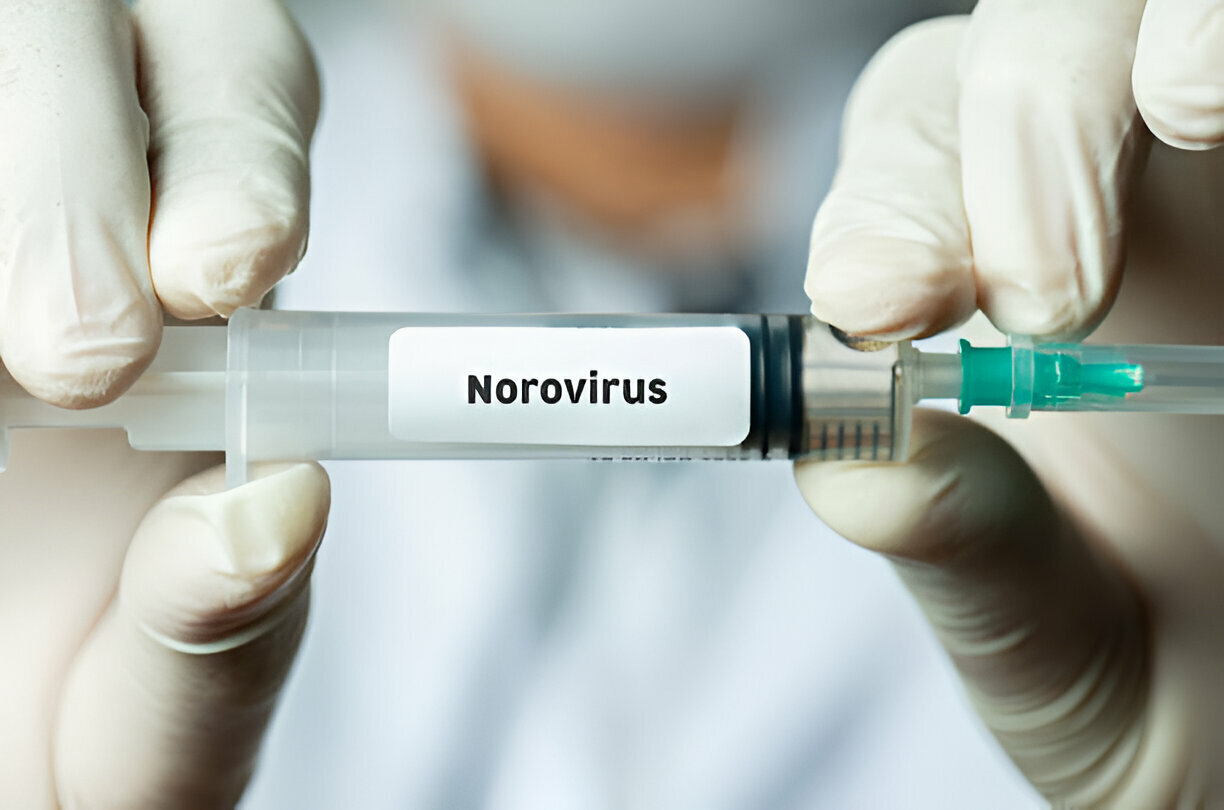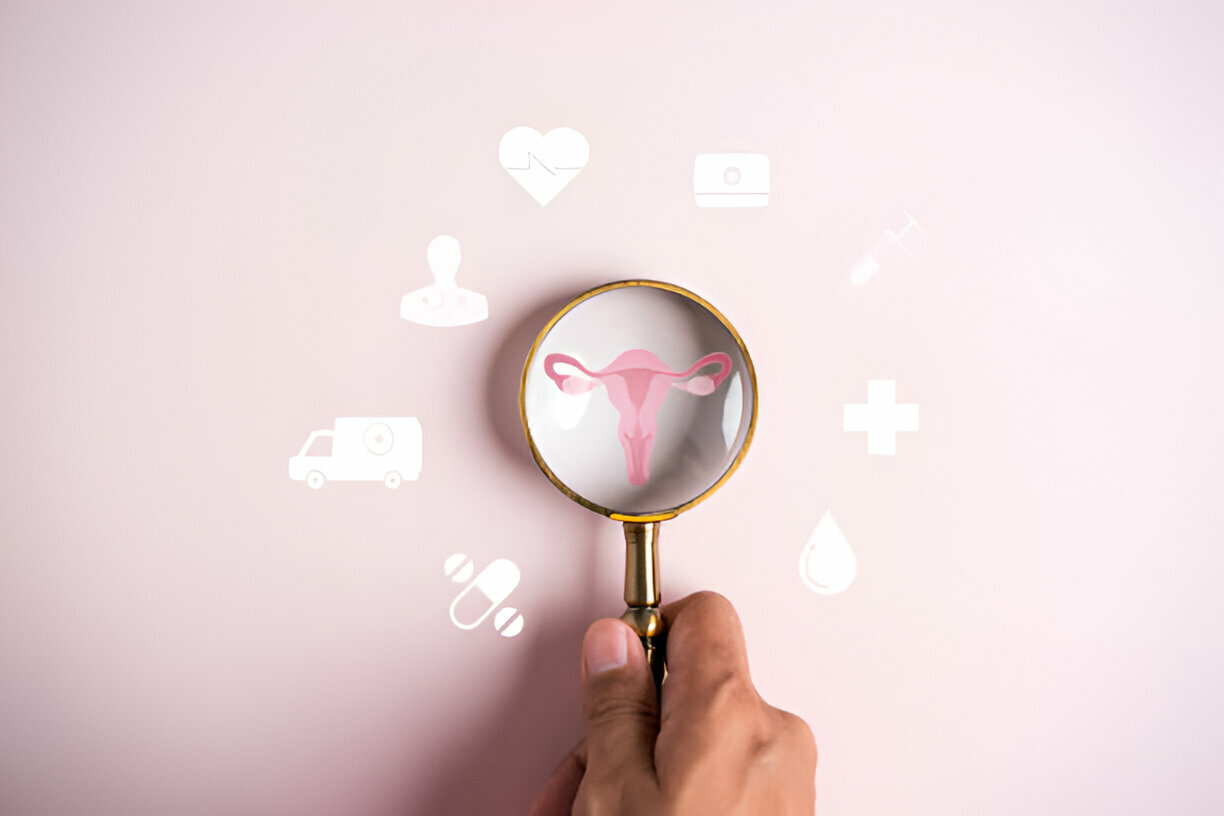Direct PCR Makes PCR Closer to Point-of-Care Testing

Direct PCR is a method that amplifies DNA directly from animal or plant tissues without prior nucleic acid extraction. In many ways, direct PCR works similarly to conventional PCR.
The main difference lies in the customized buffers used in direct PCR, which allow amplification directly from crude samples without nucleic acid purification. However, this places specific demands on the robustness and compatibility of the enzymes and buffers used.
Although PCR inhibitors are often present to some degree in most samples, direct PCR can still enable reliable amplification through the activity of robust enzymes and buffers. In contrast, conventional PCR requires high-quality nucleic acid templates, as the presence of proteins and other impurities inhibits the reaction. Direct PCR has recently emerged as a popular technique for molecular diagnostics.
Initial Application in Animals and Plants
Direct PCR was first applied in animal and plant research involving blood, tissues and hairs from mice, cats, chickens, rabbits, sheep, cattle etc. as well as plant leaves and seeds. It enabled genetic typing, transgenic analysis, plasmid detection, gene knockout studies, DNA barcoding, species identification and SNP analysis without tedious nucleic acid extraction.
These applications share some common traits. The target genes are usually abundant while nucleic acid extraction is cumbersome. By saving time and cost, direct PCR has little impact on the results.
The application of direct PCR for pathogen detection has occurred in the past few years as some PCR companies have focused innovations in this direction, especially with the recent COVID-19 pandemic which has spawned many such testing products.
Reagents Needed for Direct PCR
Sample Lysis Solutions
Sample lysis solutions can be self-made or commercially obtained. Differences in formulation lead to variability in lysis ability and time e.g. 30 min or overnight for animal tissues, and 3-10 min for viruses.
PCR Master Mixes
Heat-activated DNA polymerases are recommended to improve specificity and amplification capability. Robust polymerases tolerant to sample debris are central for direct PCR success.
Removal or Suppression of Amplification Inhibitors
Sample processing releases proteins, lipids, cell debris that inhibits PCR, necessitating additives to diminish their impact.
Key Characteristics of Direct PCR
-
1. The technique enables direct PCR amplification from crude biological samples without nucleic acid extraction. It includes both DNA and RNA templates for RT-PCR.
-
2. It is compatible not just with conventional endpoint PCR, but also with real-time qPCR requiring minimal background fluorescence interference and resistance to endogenous quenchers.
-
3. It only requires template release from samples without removing inhibitory proteins, polysaccharides, salts etc. Thus, polymerases and master mixes must be extremely resistant and adaptable to function accurately under complex conditions.
-
4. With minimal nucleic acid enrichment, template quantity is very low mandating exceptional assay sensitivity and amplification efficiency.
Click to View → Mantacc PCR consumables









